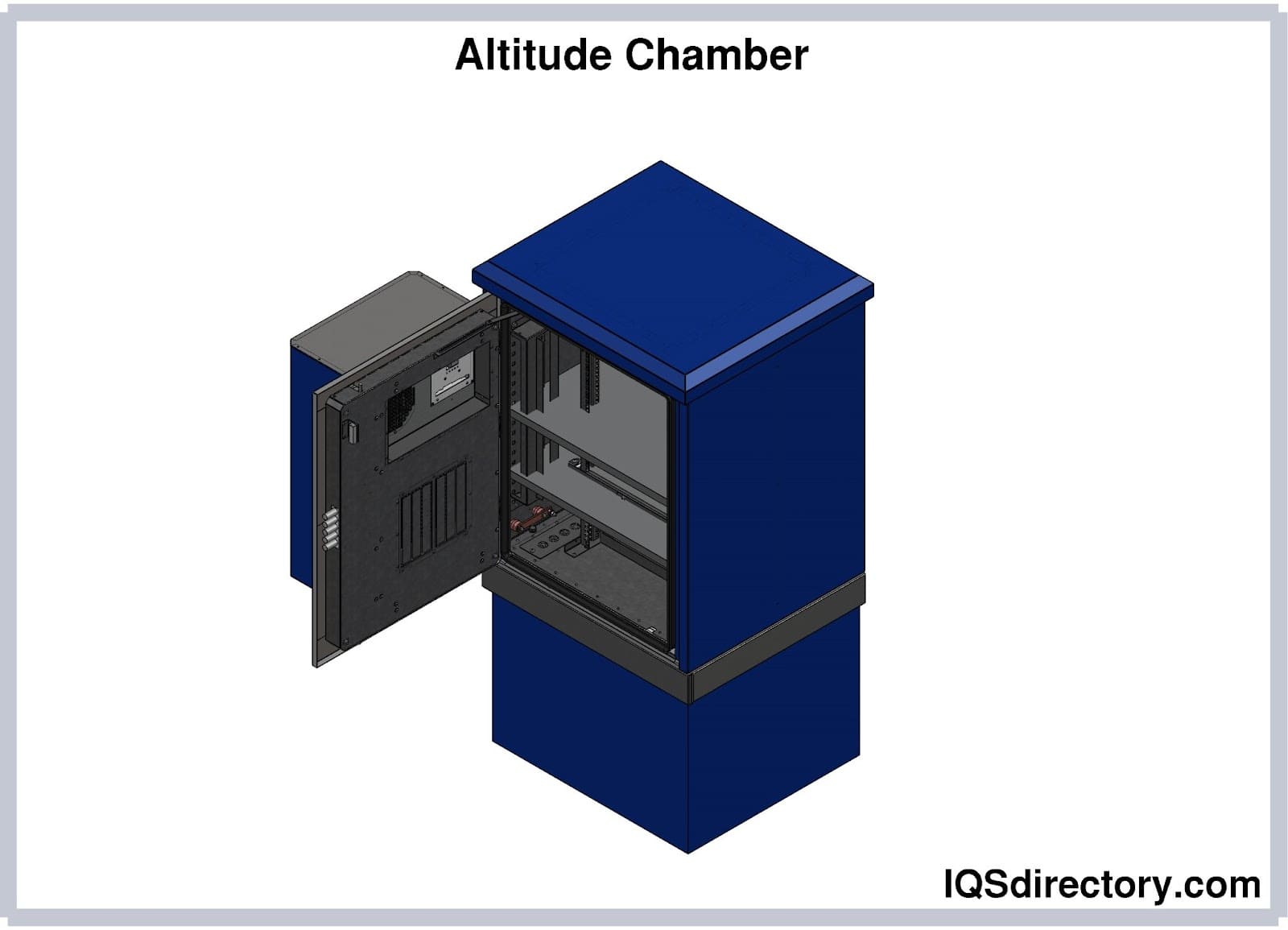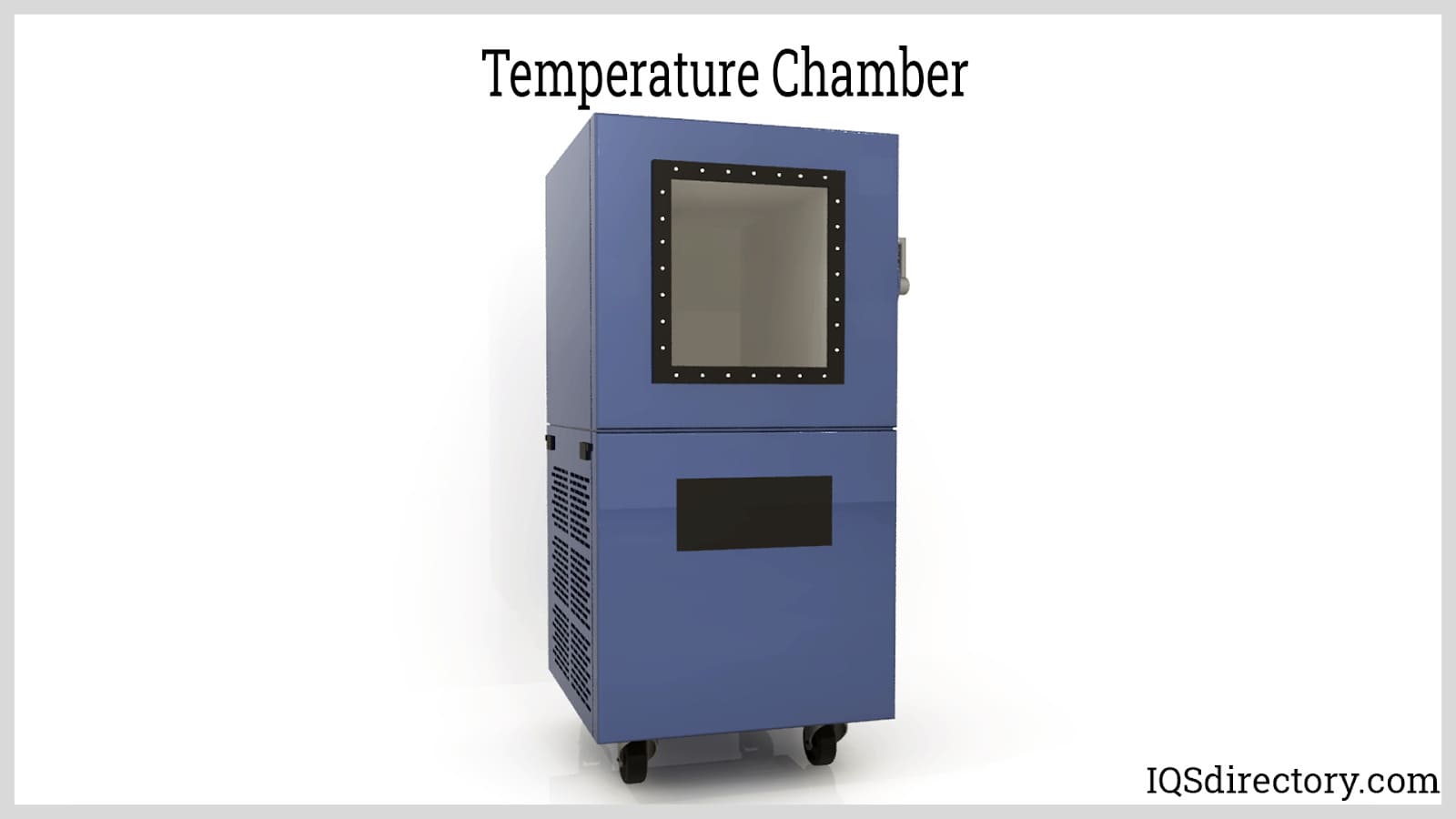An Authoritative List of the Best Environmental Test Chamber Manufacturers Available
Environmental test chambers help calculate the structural fortitude of manufactured products in a variety of ways. Evaluating the quality and reliability is important before distributing a product to the general public. Test chambers are a dynamic way to test a vast array of variables. Some of the more common tests on how temperature affects a product may be sudden temperature changes or prolonged periods of a constant temperature, temperature chamber and cryogenic chambers are able to test the effectiveness. Humidity test chambers are able to see how a product reacts to humidity and moisture. Finally, the third most common test chambers are salt spray test chambers. The result of salt test chambers shows the degrading effects of salt water for analysis. Additional test chambers consist of: AGREE chambers, altitude chambers, thermal shock chambers and vacuum chambers. The number of test chambers allows different environmental extremes to be tested on both a large and small scale. Test chambers range from small benchtop test chambers which are able to test smaller products and components, to large walk-in test chambers, to even larger drive-in chambers for vehicles.
In order to successfully manufacture a product, the design and structure of chambers must be well though through. Being able to visualize the product as it goes through the test cycle is essential, whether the perspective is from a viewing hole or video feed from inside of the chamber. The functionality of each test chamber will vary; some have the ability to reach-in to handle the product being tested. In other cases, the control can be changed through analog or digital means, by computer feed, the web etc. Consistency in the environmental condition of each product that is tested is vital for consistent results. If a uniformed approach is not taken changing the control or adding man-made interferences could produce unusable data. Not only must the chamber and man-made variables be closely monitored, but the degree of difference in tolerance from product to product must be considered when extracting accurate results.
When designing and testing products, the test chamber is responsible for both the capacity to test normal conditions, and also extreme environmental conditions. Temperature extremes ordinary range from upwards of 1000 degrees Fahrenheit in temperature chambers to cryogenic chambers producing temperatures on the polar end of the temperature spectrum at -200 degrees Fahrenheit, or sometimes cooler with the help of liquid nitrogen. In addition to temperature changes thermal shock chambers and humidity chambers are also able to reach a wide range of humidity from 10-100% inside of the chamber. Temperature and humidity testing are the two most general methods of testing most products. Further, altitude chambers simulate the pressure and air change at high altitudes; vacuum chambers often achieve levels of 10-8 Torr. To properly record results means must be introduced and documented for the testing analysis process. With standards in place verification, future development and adjustments will be easier to control and confirm. Therefore, controlled conditions and making accurate records are the two main focuses of testing when utilizing environmental test chambers.
A surplus of industries regularly uses test chambers including but not limited to: automotive, construction, consumer, engineering, food processing, medical, packaging and pharmaceutical. Everyday products from the endure testing in order to ensure their quality, durability and reliability in diverse environmental conditions. This is important to find weaknesses or flaws that may be hidden in the products structural integrity, along with being able to judge product life spans before being introduced into the public market. Companies that take the initiative of utilizing environmental test chambers tend to have less warranty claims. This ensures a better product for the customer and less reimbursement costs for the manufacturer distributing the product. The testing process can be timely and even costly, yet undergoing testing on manufactured products has long term benefits, making environmental testing a wise choice.















 Calibration Services
Calibration Services Clean Rooms
Clean Rooms Data Acquisition Systems
Data Acquisition Systems Dynamometers
Dynamometers Environmental Test Chamber
Environmental Test Chamber Leak Detectors
Leak Detectors Load Cells
Load Cells Machine Vision Systems
Machine Vision Systems Scales
Scales Thermocouples
Thermocouples Castings & Forgings
Castings & Forgings Bulk Material Handling
Bulk Material Handling Electrical & Electronic Components
Electrical & Electronic Components Flow Instrumentation
Flow Instrumentation Hardware
Hardware Material Handling Equipment
Material Handling Equipment Metal Cutting Services
Metal Cutting Services Metal Forming Services
Metal Forming Services Metal Suppliers
Metal Suppliers Motion Control Products
Motion Control Products Plant & Facility Equipment
Plant & Facility Equipment Plant & Facility Supplies
Plant & Facility Supplies Plastic Molding Processes
Plastic Molding Processes Pumps & Valves
Pumps & Valves Recycling Equipment
Recycling Equipment Rubber Products & Services
Rubber Products & Services